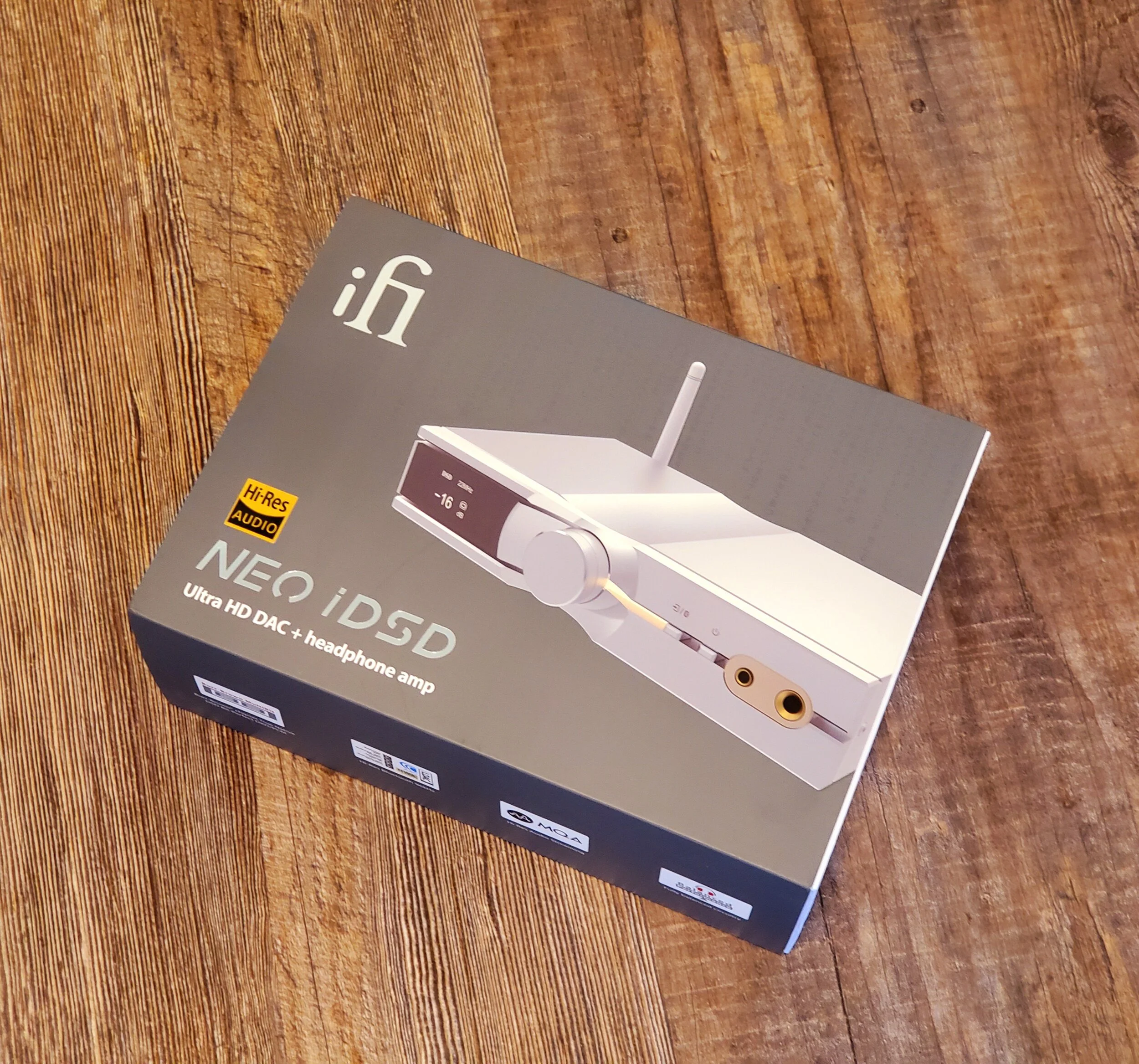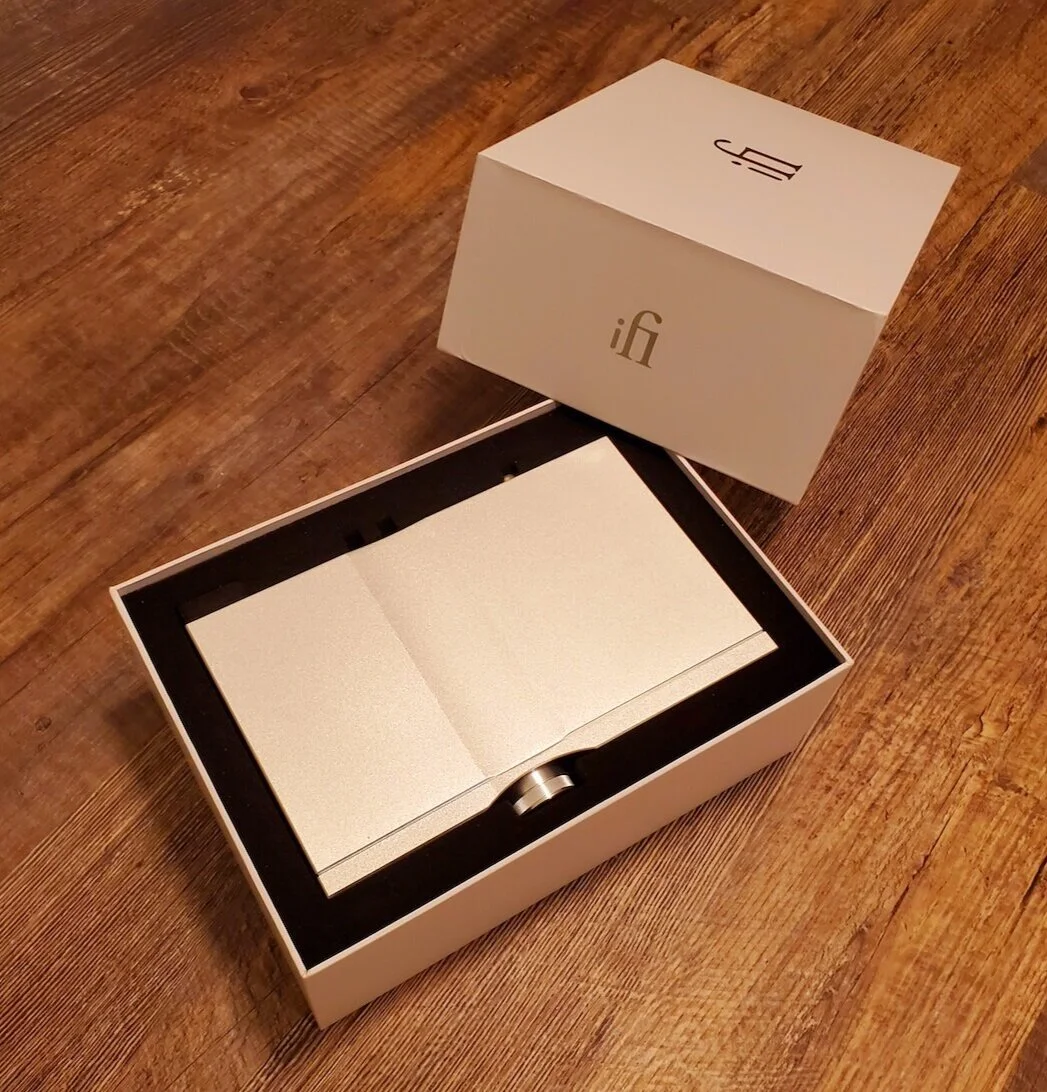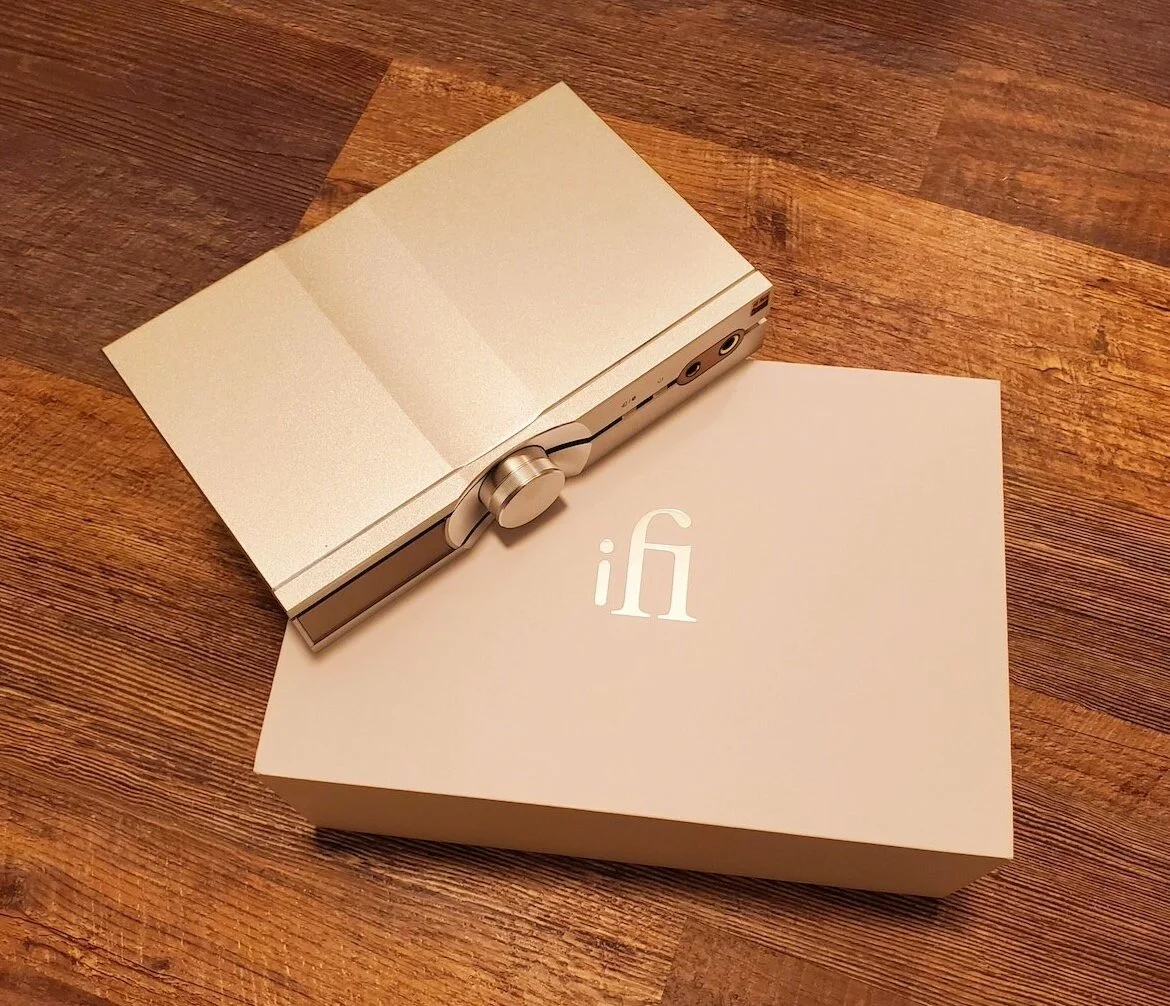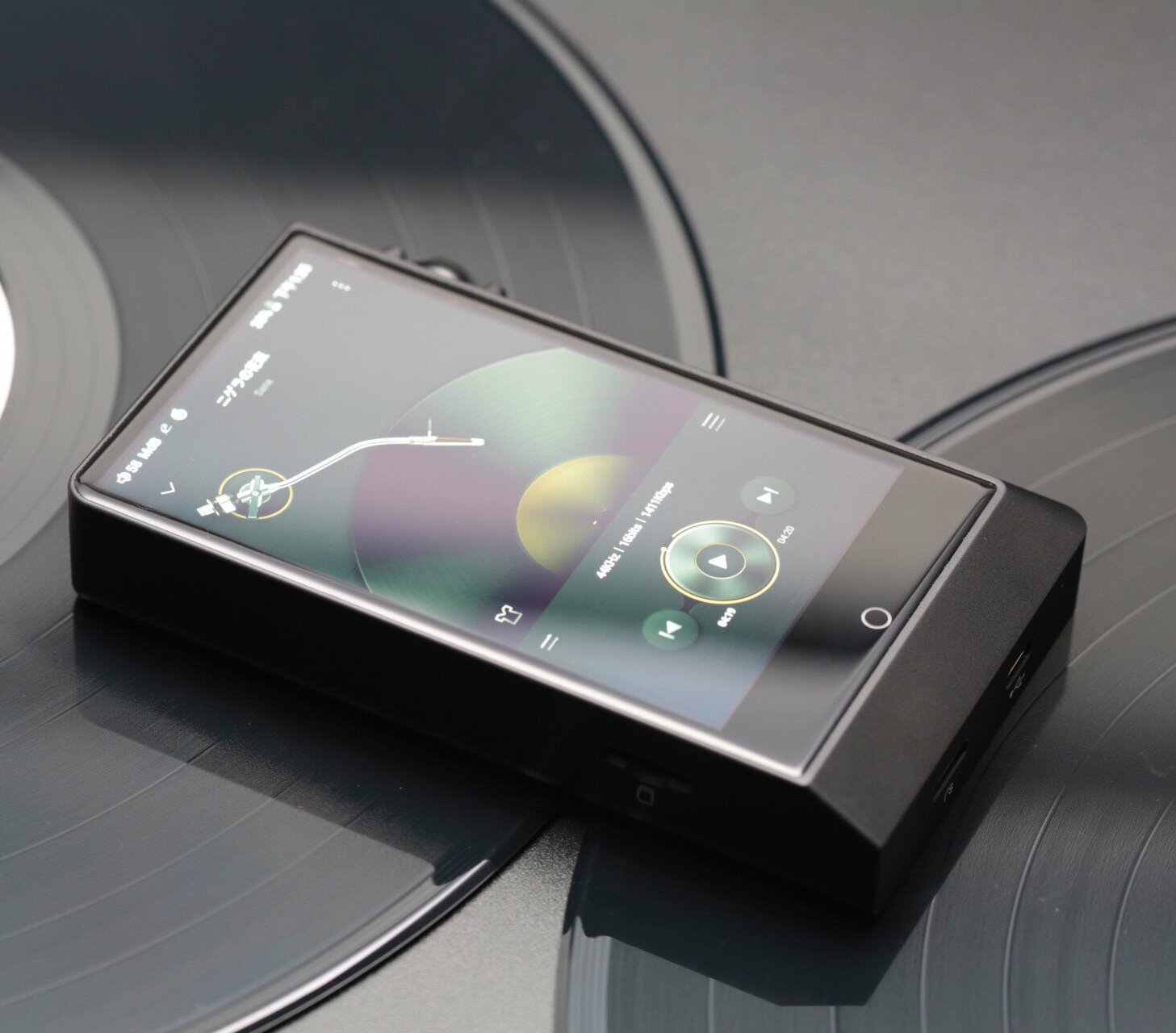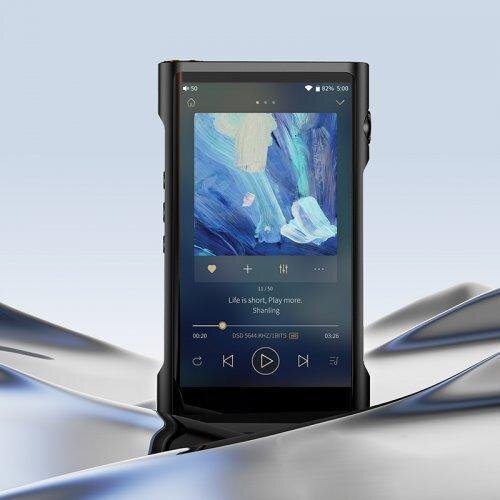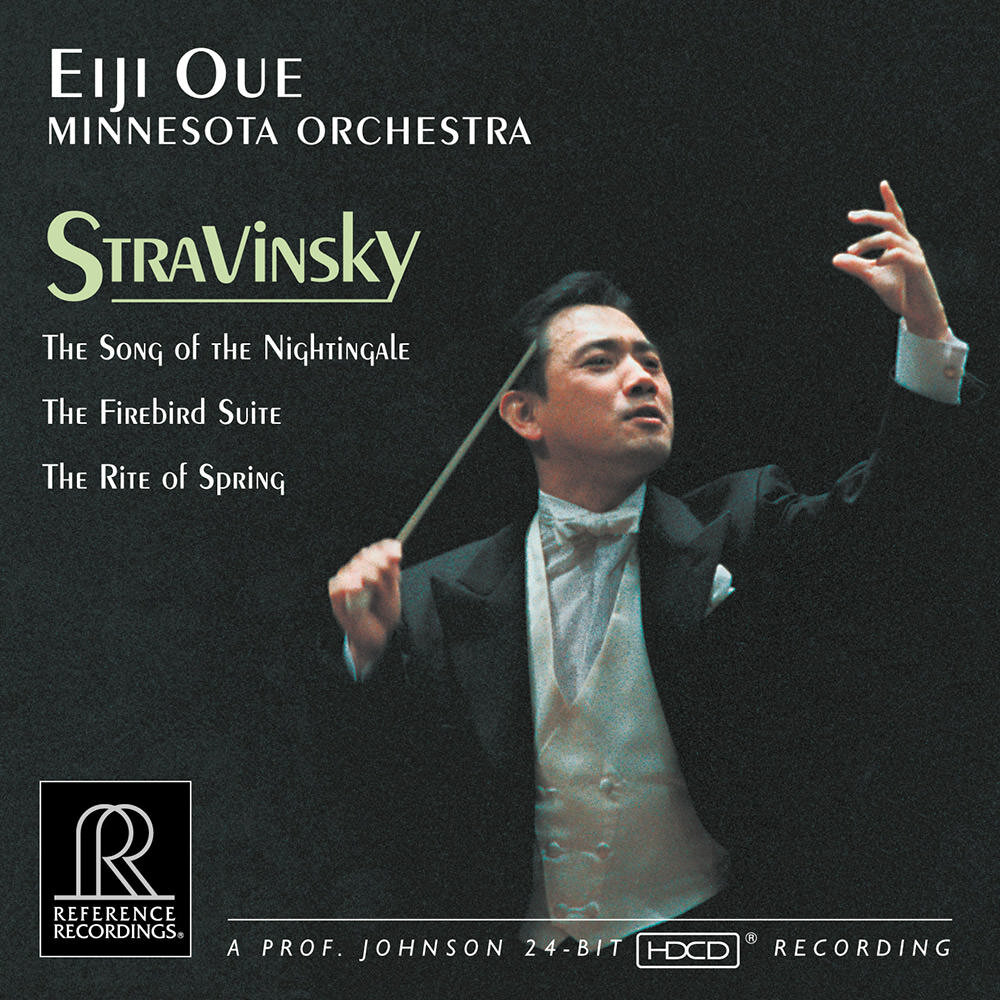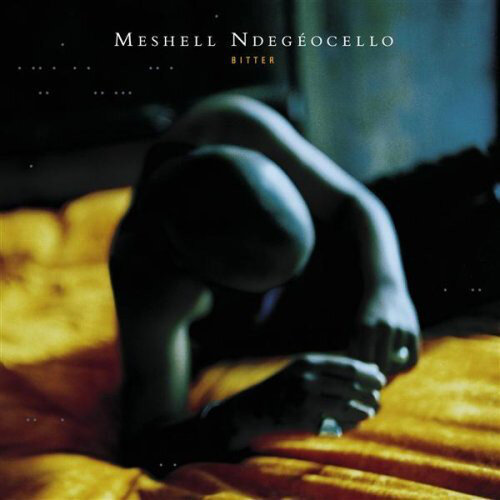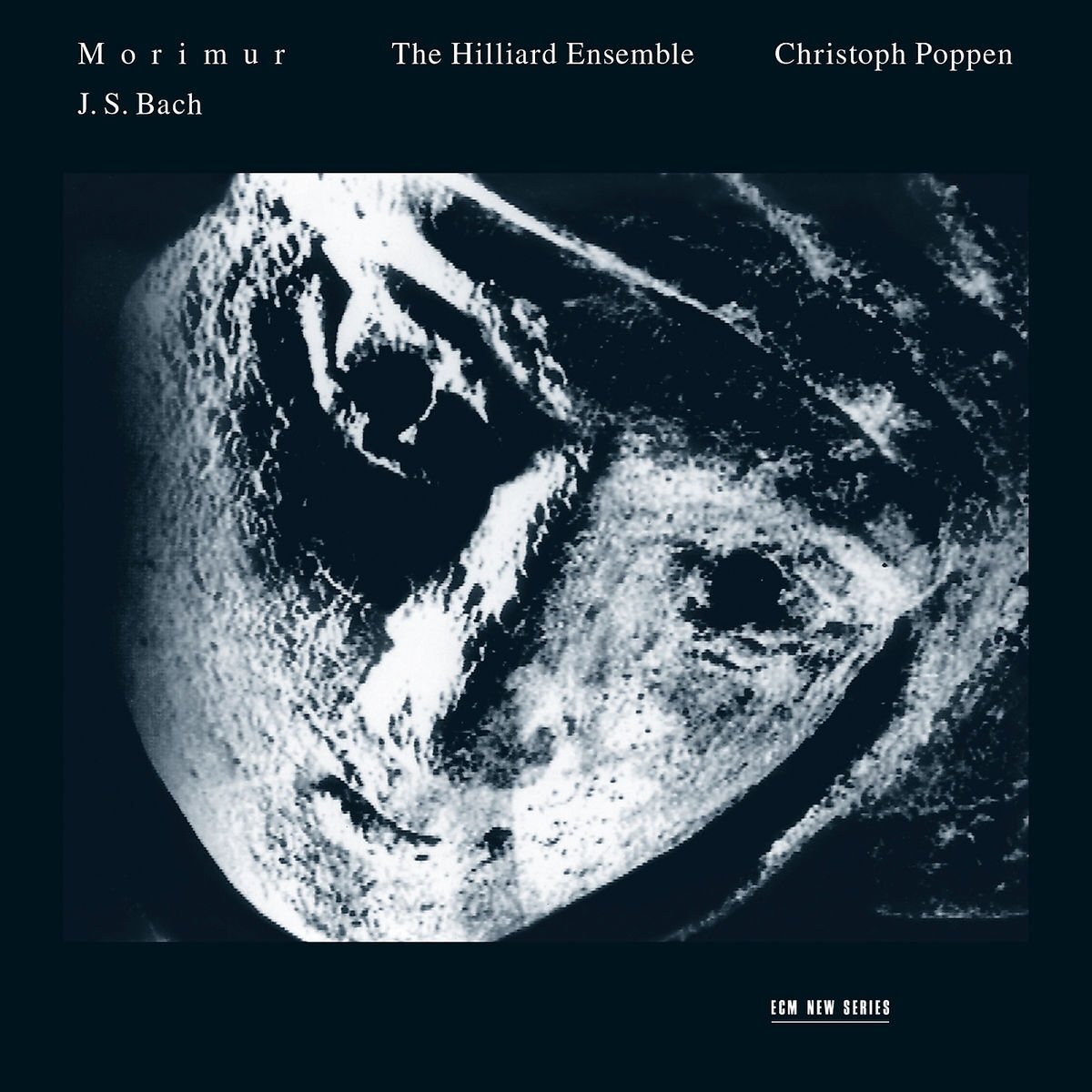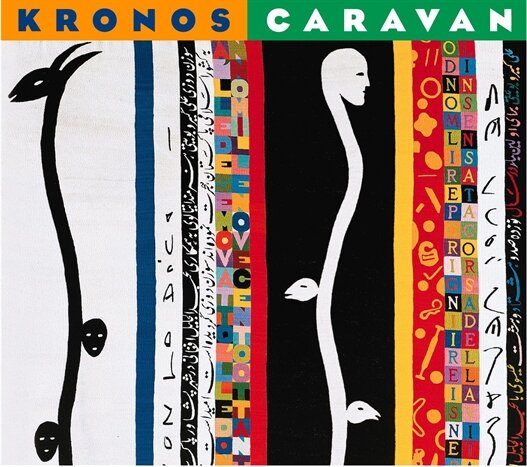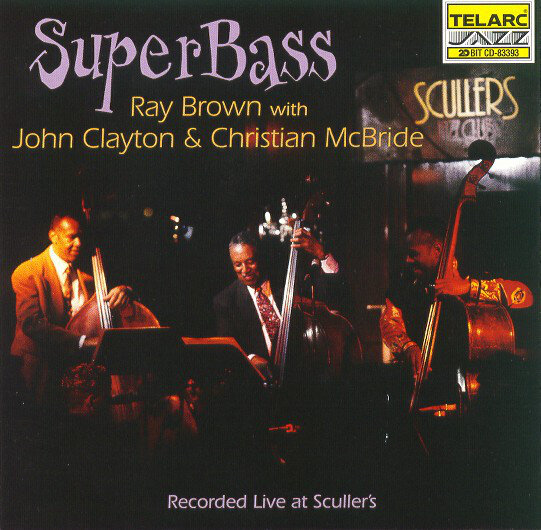ifi NEO IDSD - REVIEW
More Than Meets the Ear!
As I mentioned about the company ifi in earlier reviews of its products:
“Since ifi’s inception it has been very conscious of what we refer to here as the Glorious Age of Accessible Music (GAAM)—access to millions of songs available for listening at home or On-The-Go (OTG). And as a result iFi Audio has developed a number of solutions ranging from the Nano iOne to the Nano iDSD Black to the Hip-DAC to the xDSD to a host of other products for OTG or at-home listening.”
To date, I have reviewed several of ifi’s products—Hip-DAC, Pro iDSD, iDefender, and iSilencer—and all have met with quite good reviews and all were recommended to varying degrees, while the Pro iDSD was also a Best Product of the Year for 2020.
This brings me to one of ifi’s latest product offerings the Neo iDSD a three-in-one component, that is headphone amplifier, preamplifier/DAC, or stand-alone DAC. The Neo iDSD represents a variation from its earlier models in two respects. First, its voice is more neutral than its various siblings, though it is still wonderfully musical. Secondly, its a svelte affair in terms of its aesthetic, its inputs/outputs, its plug-and-play, no futzing with digital filters or digital sampling processing (DSP) with music, is straightforward, simple, and easy. I believe, that many will find this cool.
Part of selecting a component—headphones, DACs, headphone amps, IEMs, integrated, etc.—for review is doing the research. What are the subjective representation of this product? Is there consensus? What was the associated equipment employed (this can be more telling than anything)? Is it a component based upon the subjective review criteria, that would fall into our reviewing sweet spot? As mentioned now in countless reviews, we more often that not turn away products that do not fit into our wheelhouse of sound—“outstanding transparency, musicality, engagement and naturalness”—researched or not, as we refuse to write flame-throwing or bad reviews. Yes, our criteria represent not just a tough nut to crack, but a tough nut to find, though find them, we do.
I must say, I was surprised at the conformity of opinion with regard to the Neo iDSD’s headphone amplifier section. A number of the reviews found it wanting, lacking, specifically, in its bass response and as a dedicated headphone amp altogether. This was certainly not our finding during the review, which proved to be quite the opposite of what had been stated by a number of reviewers. Of course when one understands the associated equipment used for their reviews, this tends to explain a great deal. One reason for not writing bad reviews is synergy, which can be a difficult thing to construct. How many talented musicians have come together only to have their collective efforts go, well, poorly to horrible? And a poor component synergy may, indeed, result in a bad hearing. This, however, does not mean that the product was itself bad, necessarily, just that the synergies brought to bare could not engage a compelling alliance. It happens all of the time.
REFRAIN: Unlike most reviews, this review will be non-sequential, as it will start with how the headphones actually sound and not the process of physically “undressing” them and/or laying out their various parts, specifications, etc. Think of this review then, as a non-linear movie—Memento, Kill Bill, Arrival, Eternal Sunshine of the Spotless Mind, Terminator etc—that, likewise, starts at the end and winds its way to the beginning
The Sound
The Neo iDSD was able to parse the differences, subtle and distinct, between the various DAPs to which it was paired. This spoke to a “neutrality” that passed signals along with but a sweet kiss. It did not, at all, suck the soul from the music as some “neutral” components are likely to do. The Neo iDSD was also quite dynamic and faceted with quite good transparency, treble extension, and an edible musicality. And this is not just at its price point but, perhaps, at even double its price point.
The Neo iDSD acquitted itself beautifully across all musical genres. And for those who found its amplifier section lacking, what the heck were they pairing it with?! As you can certainly read from our associated equipment, it is all real-world in relation to the Neo iDSD pricing and relative power specifications. No we did not hook it up to the monstrously inefficient, mid-four-figure headphones (though we did hook up the quite sensitive Rosson Audio RAD-01, an AudioKey award winner, and this was an over-the-moon combination, though certainly not real world in terms of relative cost).
The Neo iDSD was not attempted, as a DAC as the current in-house DACs reviewed or being reviewed are, to a one, next-level, quite expensive, and unseating DACs at multiples of their own price points. This would not be fair as their voices are firmly fixed in my mind and weeks if not months away from fading from memory.
The Neo iDSD’s volumetric cube—its soundstage—is of quite good size—wide, deep, and high. Positioning, layering, and the space between was very good, and voices, male, female, were forward, centered, full, textured, and nicely rich. Another surprise
Bass
I created a playlist for bass to test the best of the best components in house, as played thought Roon. If you’ve read some of the reviews across this site, then you’ll, no doubt, be quite familiar with them. Well, they were all assembled to ferret out whether or not Neo iDSD was capable of delivering bass through its headphone amplifier . It didn’t take long to discover that it was absolutely capable of rendering taunt, potent, driving bass. First up was Marcus Miller’s Power (M2, Concord) and the bass was driving, taunt, and vaguely reminiscent of the in-house, next-level performers, though only vaguely. Next up was Massive Attacks’ Angel (Mezzanine, Circa) and the beat, drive, and thump are there with one other surprising thing, that I did not expect—resolution! Its resolution was quite good from top to bottom. The Neo iDSD does have its surprises. And this wouldn’t be a bass review without Eiji Oue’s rendition of Stravinsky’s Firebird Suite (1919 version): V. Infernal Dance of King Kashchey (Stravinsky, Reference Recordings) and the several timpani and the various kettle timpani that were employed for this movement. Alive, fast, taunt, and rumbling was the bass and, again, there was resolution and spaciousness and even tonal differentiation, none of which I had expected, but all were present, nonetheless.
Midrange
Beautiful, sweet, rich, and wonderfully engaging was the Neo iDSD’s midrange. I brought out several of my most favorites—Joan Shelly, Shirley Horn, Melody Gardot, Kandace Springs, Andy Bey, and Ben Harper, fairly new to the mix. Up first, the last named—Ben Harper and the Innocent Criminals. Beloved One (Burn to Shine, Virgin) plays and Ben’s voice is textured, rich, beautifully resolved, and engaging. Joan Shelly’s Wild Indifference (Joan Shelly, No Quarter) follows and it is beautifully emotive from start to finish, as always. The harmonica that begins Shirley Horn’s Beautiful Love (You Won’t Forget Me, Verve) floats stage left and it is harmonically rich and then it is joined by Shirley’s textured, nuanced, soulful voice as words and their beginning are all resolved with exceptional clarity. The Neo iDSD brought to the music a resolution and clarity and richness regardless of performer, performance. In truth, another surprise as I did not expect to be so engaged by the Neo iDSD. Katie Melua’s Rendition of Sting’s Fields of Barley (Live in Concert, BMG) is ethereal as the air of the venue of this live performance and Katie’s guitar are beautifully and naturally captured. Then enters Katie’s voice and she is there or more precisely here. It is nuanced and emotional. And the microdynamics and air and resolution will move one past simulacrum to a near reality or to the willing suspension of disbelief that makes reality so.
Treble+
Laura St. John’s Gypsy Nocturne (Gypsy, Well Tempered) begins. The piano plays a somber, haunting melody. Laura’s violin enters into a measured alliance that instills disquietude or, perhaps, a foreboding that waits just beyond the next few notes. The Neo iDSD renders this interplay, its drama, and the rise and fall of its notes, beautifully, richly, and well resolved. Repeat is pushed and the haunting drama begins again, perhaps, in some medieval European village. Vilda Frang’s Allegro Molto (Veress: String Trio - Bartók: Piano Quintet, Alpha) plays and it is a rich and dissonant interweaving of plucks, knuckle raps, and atonal staccatos, that is provocative, engaging and, again, very well rendered. Texture and timbre are rich, the treble is extended, sweet, and resolved, and the players are nicely positioned across a relatively broad stage. The Neo iDSD is full of quite pleasant surprises.
The Wrappings and Accessories
The Neo iDSD’s holding box comes wrapped in a spot-gloss, grey/white sleeve, with the ifi logo and its name spot-printed in silver foil. The sleeve removed, reveals a simple, clean, elegant white box with the ifi logo spot-printed in silver foil and centered on its top and left and right sides.
Once opened the Neo iDSD is neatly seated and surrounded by a dark grey, mid/firm foam, barrier, with its brushed aluminum top staring back. The layer beneath the Neo’s top layer holds three accessory boxes, which collectively hold remote control, USB and RCA cables, a 6.3mm adapter, its power supply, a Bluetooth antennae, and a holding stand for vertical placement of the Neo iDSD.
The wrappings are beautifully designed and executed and the provided accessories are all there to get things up and going relatively fast. The one small issue is the short length of the USB cable. Though we would quickly replace with our own Cardas Clear USB A-to-C cable, which made the short USB cable a moot point. For those who do not have access to such cables this may well be a “Con.” That said, a 1m run of the Cardas Clear USB A-to-C cable will assist the Neo iDSD in “being all that it can be and more.” Bravo, ifi!
Design—Look and Feel
Courtesy Crutchfield
The ifi Neo iDSD represent a beautifully executed, clean, space-age, and adaptable design. It is also a decided departure, in many ways, from its brethren whose often over-stuffed front and rear facades would take a minute or two to decipher purpose. The Neo iDSD is a solid aluminum affair that is, on the whole, smooth with polished, brushed, and textured aluminum surfaces. And its spatial orientation is not fixed but adaptable. Should your desk, table, etc. be of limited space, then it becomes a vertical tower with its display righting itself to the proper visual orientation. And should it become, say, a dedicated DAC for a computer-based or two-channel system, the Neo iDSD becomes a horizontal, half-sized component with its display, again, righting its orientation. I’d say that the Neo iDSD, for a $699 retail price point, hits the industrial-designed ball well out of the park. I take a moment now to view the clean, multi-textured, aesthetic of the Neo iDSD and smile. Again, Bravo, ifi!
Functionality
The Neo iDSD, as mentioned in the design section, is of minimalist, design efficiency. It does not and, perhaps, will not daunt the new music lover/audiophile, who will learn its ways and abilities quite quickly.
The Neo iDSD’s front face bares several features, controls from left to right, as oriented by the Hi-Res Audio sticker visible in the upper right-hand corner. On the far left is its display window which shows volume level, selected input, audio format—PCM, MQA, DSD—and sampling rate. Immediately besides the display window is the Neo iDSD’s nearly centered, multi-function dial, which sits in a concave, polished, and truncated satellite dish of sorts. Another nice touch in the Neo iDSD design. The dial controls volume, mute, display brightness, and allows the option of variable or fixed (as DAC) volume control. The next button on the face of the Neo iDSD when pressed cycles through the various inputs—USB3.0 (compatible w/2.0), S-PDIF (coaxial/optical), and a vast range of Bluetooth 5.0. codecs (see Specifications below). The following button is the on/off button. And in a metal oval, beside the on/off button is the Neo iDSD headphone outputs, which consists of a 4.4mm balanced output and a 6.3mm singled-ended output.
The Neo iDSD’s back panel from left to right features two sets of outputs—a pair of balanced (XLR) outputs and a pair of singled-ended (RCA) outputs. The next bank features a series of inputs—Coaxial, Optical, and USB 3.0 (compatible w/2.0). Beside this bank of inputs is the DC Voltage input and directly next to that is its Bluetooth antennae. Again, it is a simple, clean, and easily decipherable input/output roster.
Regarding the Neo iDSD’s Bluetooth capabilities, which I note was always incredibly easy to engage, held in memory all bluetooth encounters, which could be easily reengaged. I present below the ifi’s quite clear telling of its design implementation and its various codecs, etc.:
“We use Qualcomm’s new QCC5100 Bluetooth processing IC in combination with proprietary circuits to create an audibly superior ‘Bluetooth engine’.
All the current high-definition Bluetooth audio formats are supported – Qualcomm’s aptX Adaptive and aptX HD, Sony’s LDAC and HWA’s LHDC, regular aptX and aptX Low Latency, AAC (Apple iOS devices) and SBC (the ‘plain vanilla’ Bluetooth codec).
Of the 24-bit-capable codecs, aptX Adaptive and aptX HD support up to 48kHz, while LDAC and LHDC reach 96kHz.
iFi’s ‘Bluetooth engine’ can also be updated over-the-air, so future codecs may be added.”
The Neo iDSD fully decodes, unfolds all MQA files up to 384kHz via USB, as a direct result of its implemented XMOS chip (16-core). In this respect TIDAL MASTERS are all yours for the signup and the asking. There are educational videos available for those unfamiliar with this aspect on the ifi youtube channel.
The Neo iDSD, in terms of its decoding abilities, is, figuratively, equipped for dragons. Via the Neo iDSD’s support for Hi-Res audio initiatives it supports playback of PCM data up to 32bit/768kHz, DSD up to DSD512, and both double and single speed DXD in bit-perfect format. I know of many very high-priced DAC/Amps that cannot dance with so many formats and all in bit-perfect format and so well.
As mentioned above the Neo iDSD is not only aesthetically clean from a design perspective but it is also exceptionally clean from a playback perspective, as it does not incorporate digital filters or DSP selection. In this respect, borrowing a term from the computer domain, the Neo iDSD is a WYSIWYG (what-you-see-is-what-you-get) playback machine.
In regard to power, the balance headphone output offers up 1040mW into 32Ω and 68.6mW into 600Ω. Its unbalanced power output is 295mW into 32Ω and 17.6mW into 600Ω. I found the Neo iDSD more than competent with, literally, every headphone and IEM that it was paired with it, based upon its quite clear specifications, which were followed. So if you’re observant to the specifications in relations to your IEMs and headphones, then you will be well served and power, dynamics, and bass will all present themselves beautifully.
However, pairing the Neo iDSD with monstrously, inefficient headphones, and then those that may be four to six times its price point, represents an exceedingly low-probability, real-life event, which its specifications very clearly point to. Why then evaluate such pairings and eschew optimal pairings for which the Neo iDSD was well designed and well suited to accommodate? Unlike some reviewers, we sought to maximize the Neo iDSD’s potential and its performance based upon accommodating its spec. profile. And as you’ve, no doubt, read above, the results were very good and sufficient power was had all the way around!
The Specifications
Compatibility (Synergy)
Two DAPs— Cayin N6II/A01 and Shanling M8—were used as sources via USB to drive the Neo iDSD as connected via Cardas’ Clear USB A-to-C cable (1.5m/$180). The various headphones/IEMs were the Meze 99 Classics, Meze Rai Penta, Vision Ears EVE2020, utilizing both balanced and single-ended headphone outputs. Though, in truth, we listened primary to the Neo iDSD with the Meze 99 Classics to great musical effect, across all DAP configurations! This will turn out to be another Magical Synergy!
CAYIN N6II/A01 ($1199)
The Cayin N6II/A01 and the Neo iDSD had a great time together, like friends who just hit it off from the very first note. It was an alliance that quickly dismissed all comments that the Neo iDSD bass was absent and the headphone amp was anemic in terms of power. This was, decidedly, not true on both counts. The Cayin N6II’s volume was not fixed into the Neo iDSD and set at 50 to the Neo’s 23-33 setting, this was plenty loud on the single-ended headphone output! It was a beautiful synergy with thanks to Cardas as well. Please try this synergy and let us know how it works for you.
SHANLING M8 ($1659)
Most notable about the Shanling M8 and the Neo iDSD pairing was that this combo grabbed sub-bass response by the neck, tossed it about, and had its way with it down to those very stygian depths of the Holy-Bass-Head-Grail. Holy-Bass-Head-Grail in hand the combo then climbed to treble heaven and played sweetly nice, was cleverly articulate, and incredibly transparent. It was a hit on Olympus! All other specs were knocked out of the park! The M8’s volume was fixed as LO (line out) as connected to the Neo iDSD. Suffice to say, that there was a good deal more gain that could be had! As I wrote in the review of the Shanling M8, “The Shanling M8 is an extraordinary “Portable Music Player” more detailed and extended than the DX220 AMP1 MkII, more musical and engaging than the Cayin N6II/A01, and it is as powerful as some desktop systems (and more transparent).” This was easily the best partner for the Neo iDSD and together the duo painted, in broad strokes, untrue to those who believed its headphone amplifier section of limited ability and its bass marginal. The magic is in the synergy folks! Now definitely try this synergy and see if you come to the same conclusion as did we. We dare you!
Conclusion
I was very surprised by what the Neo iDSD did relative to what was said it had done in some of the previous reviews. Though this has proved beneficial in broadening our “want list” of products to review, regardless, of consensus, that would appear at odds with our reviewing criteria. The $699 Neo iDSD three-in-one—headphone amp, DAC/preamp, and DAC—in our opinion, is easily a top competitor in its price class and probably even double that. You may well see it again in AudioKey Reviews Best of the Year products for 2021 under $1,000.
The Neo iDSD is different than its siblings in the ways outline above, but it was still a lot of fun, a joy to listen to, and hard to believe what it gives for its price points ($699)—three-in-one functionality, fully balanced, MQA (full decoding), DSD515, 384bit/768kHz, bluetooth-everything(!), and quite good musicality, transparency, and engagement. Hazzah!
Needless to say, I, we recommend, highly, the Neo iDSD ($699) which at its price point is a true marvel and it is more than well prepared to do justice to any genre of music, given that the assemblage of component players is synergistic and musical and just as talented.
Pros: Wonderfully transparency, engaging, musical but a wee bit more neutral than its siblings and incredible bargain for what it does in service of the music, all types of music!
Cons: Short accessory cables!
The Systems
1.
Cayin N6II/A01
Roon
Meze 99 Classics
Meze Rai Penta
Vision Ears EVE2020
Cardas Clear USB A-to-C cable
2.
Shanling M8
Roon
Meze 99 Classics
Meze Rai Penta
Vision Ears EVE2020
Cardas Clear USB A-to-C cable
THE MUSIC
The Company
ifi
Neo IDSD ($699)
ifi
Abbingdon N.A./iFi audio USA
105 Professional Pkwy, Suite 1506
Yorktown, VA 23693
Abbingdon N.A./iFi audio USA
1085 Blair Avenue
Sunnyvale, CA 94087

